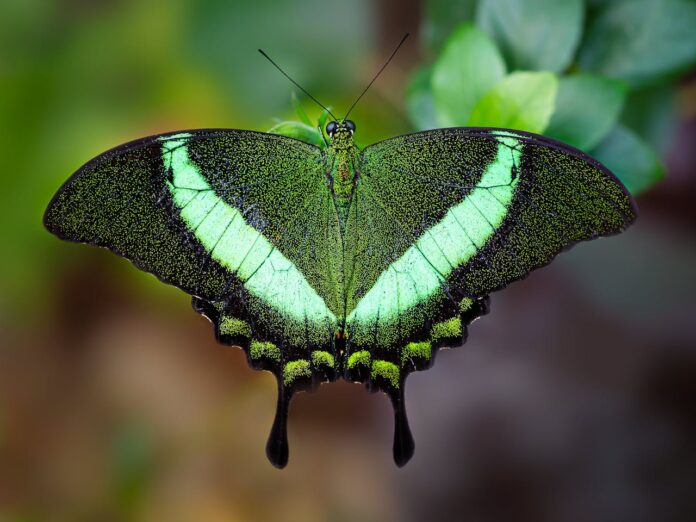Humans are often considered the most rational creatures on Earth. Yet, research shows that many animals also have impressive cognitive abilities.
Still, the idea of “bigger body, bigger brain” doesn’t always hold up. It turns out, a larger body doesn’t guarantee a proportionally larger brain. This has kept the evolution of animal intelligence shrouded in mystery.
To dig deeper, researchers studied the brain size and cognitive abilities of 1,400 species, both living and extinct. Their goal? To uncover patterns between body size and IQ across different species.
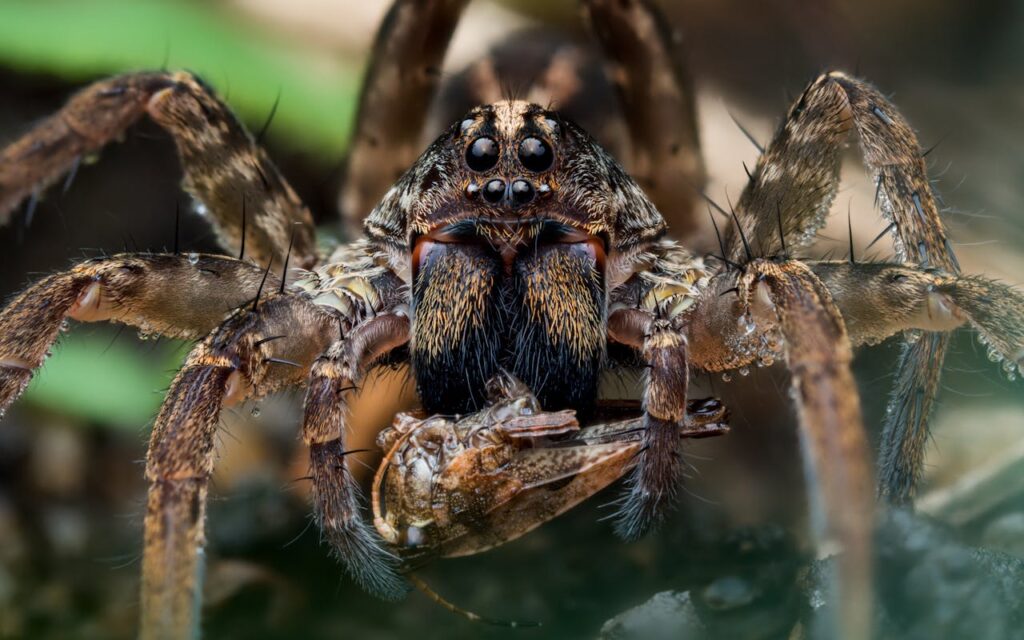
“At first glance, considering the evolutionary path of body size might not seem crucial,” said Jeroen Smaers, an evolutionary biologist at Stony Brook University. “After all, big-brained mammals like elephants, dolphins, and great apes also have high brain-to-body ratios. But it’s not always that simple.”
Take the California sea lion, for instance. Despite having a brain similar in capacity to a chimpanzee, sea lions aren’t considered primitive. In fact, they’re quick learners and easily adapt to human interaction. Their brains excel in autonomic and sensory functions, boasting 3.6 times the volume in these areas.
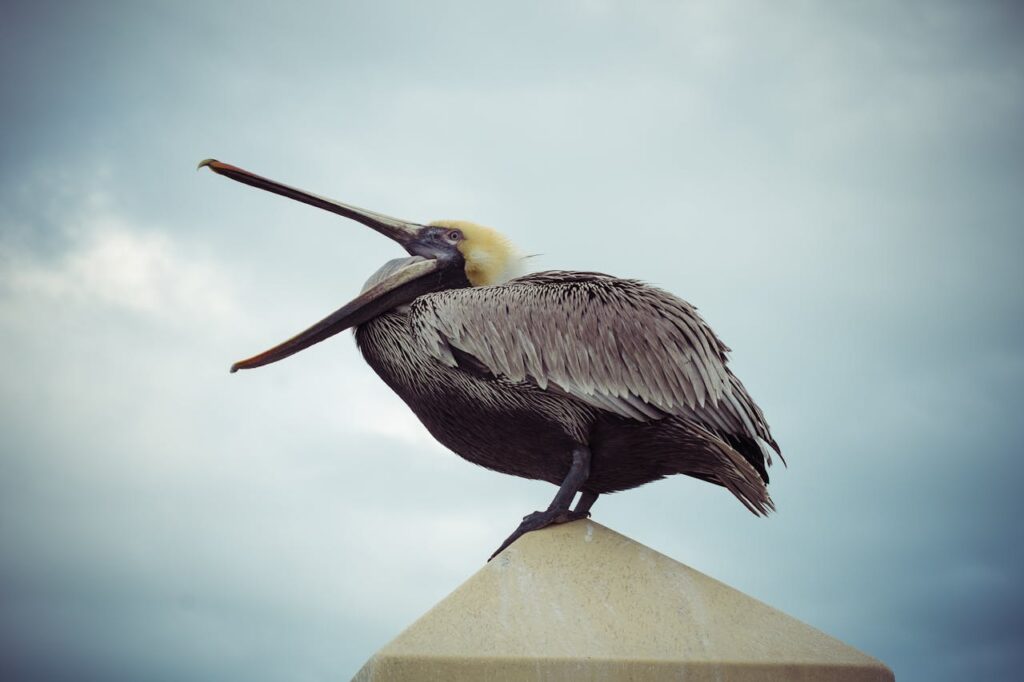
Meanwhile, polar bears, though smaller in body size, have brains twice the size of sea lions’. But does that make them more intelligent? Not necessarily.
“We’ve debunked the long-held belief that relative brain size directly correlates with intelligence,” explained Kamran Safi, a biologist at the Max Planck Institute of Animal Behavior. “Sometimes, a larger brain is simply the result of a smaller body adapting to a new environment—not a sign of greater smarts.”
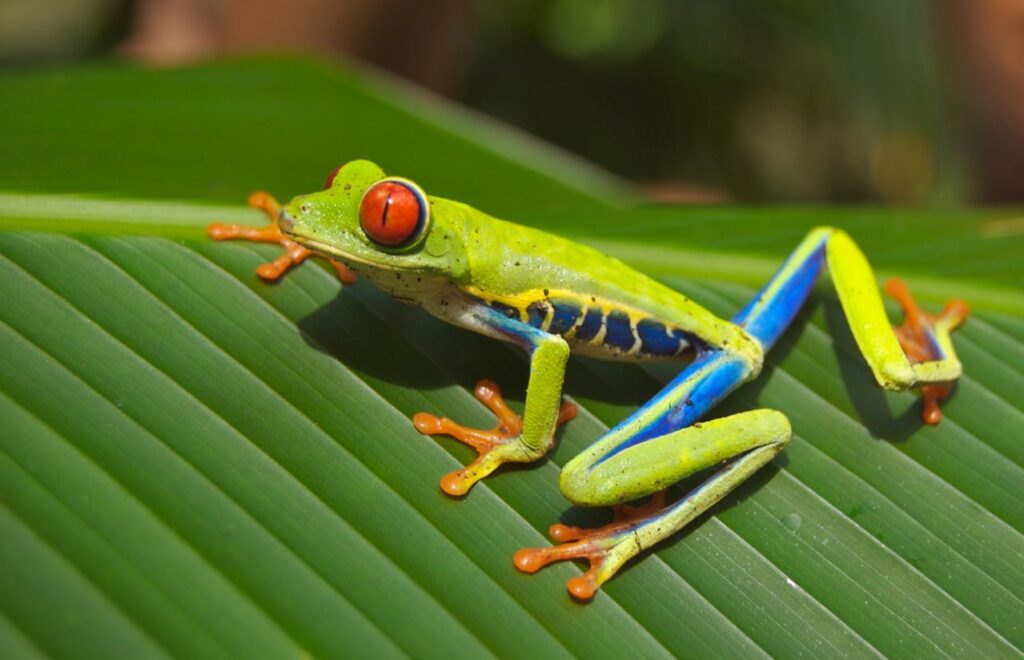
The study also shed light on historical trends. For example, during the Cretaceous period, tiny mammals like bats, rats, and shrews experienced brain growth alongside their increasing body sizes.
“A major surprise was how much of the variation in today’s mammals’ brain sizes stems from changes their ancestors went through after catastrophic events,” Smaers noted.
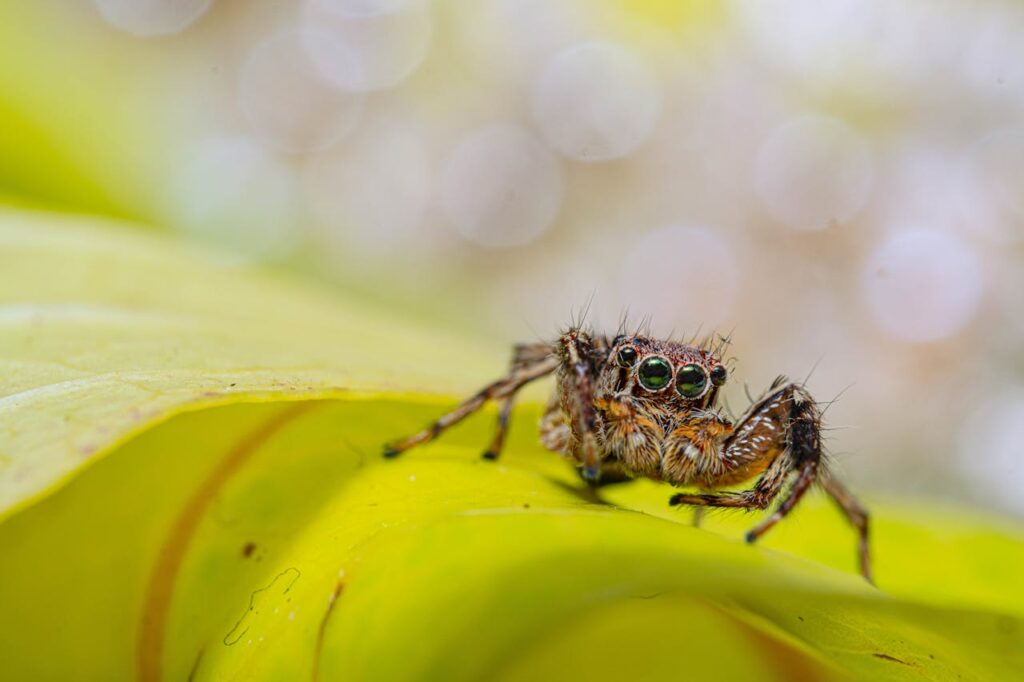
Ultimately, this research shows that bigger doesn’t always mean brighter. Intelligence isn’t as simple as measuring brain size—it’s a far more complex puzzle.

